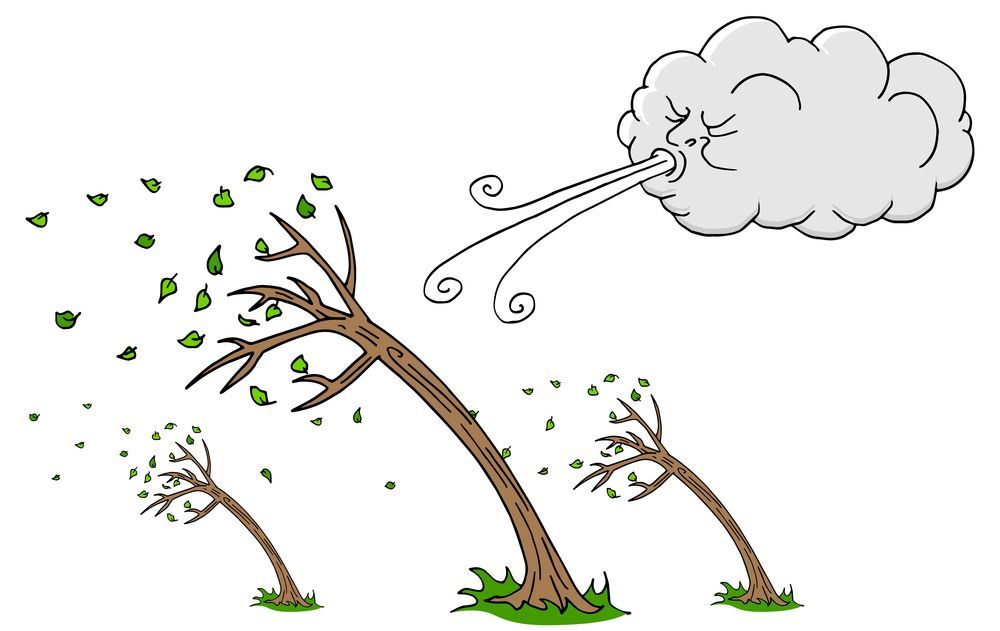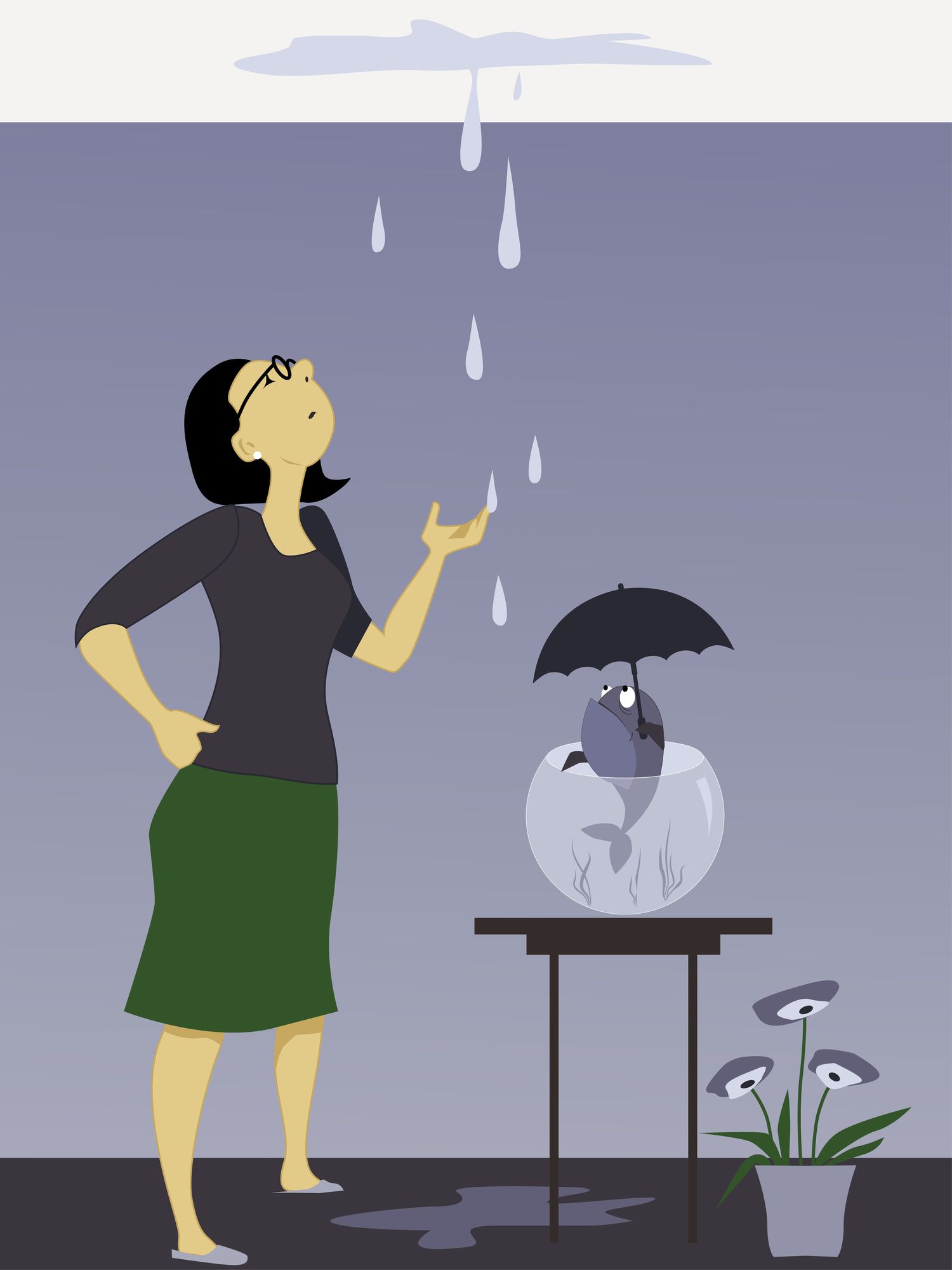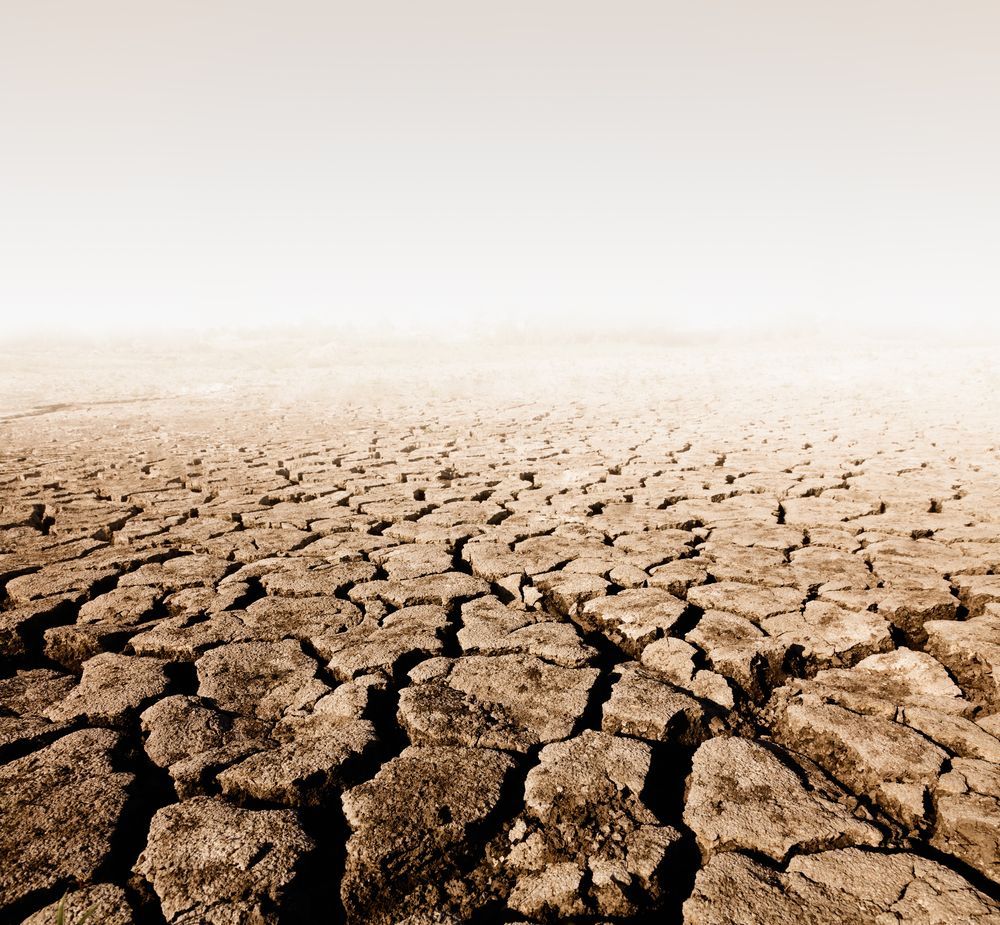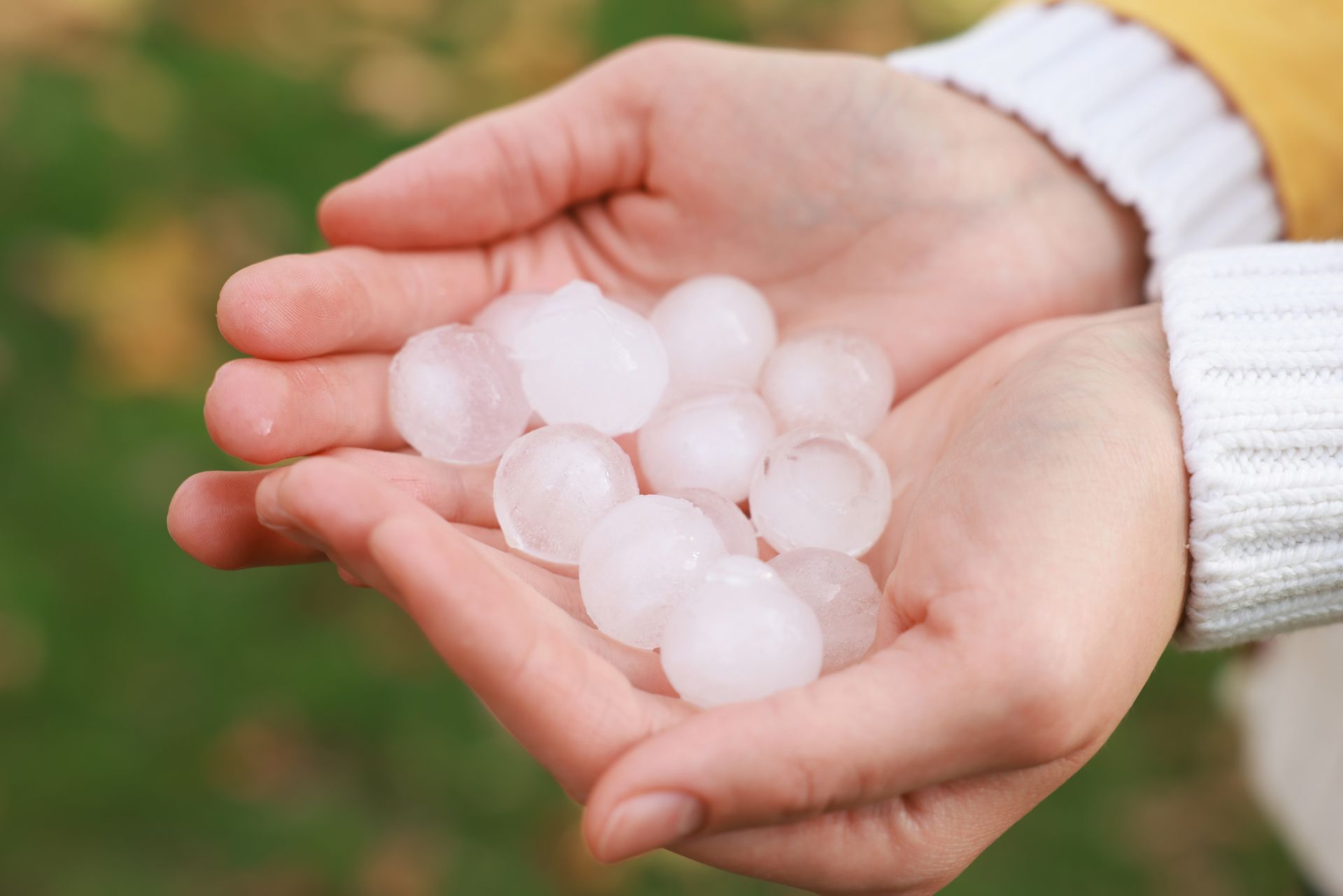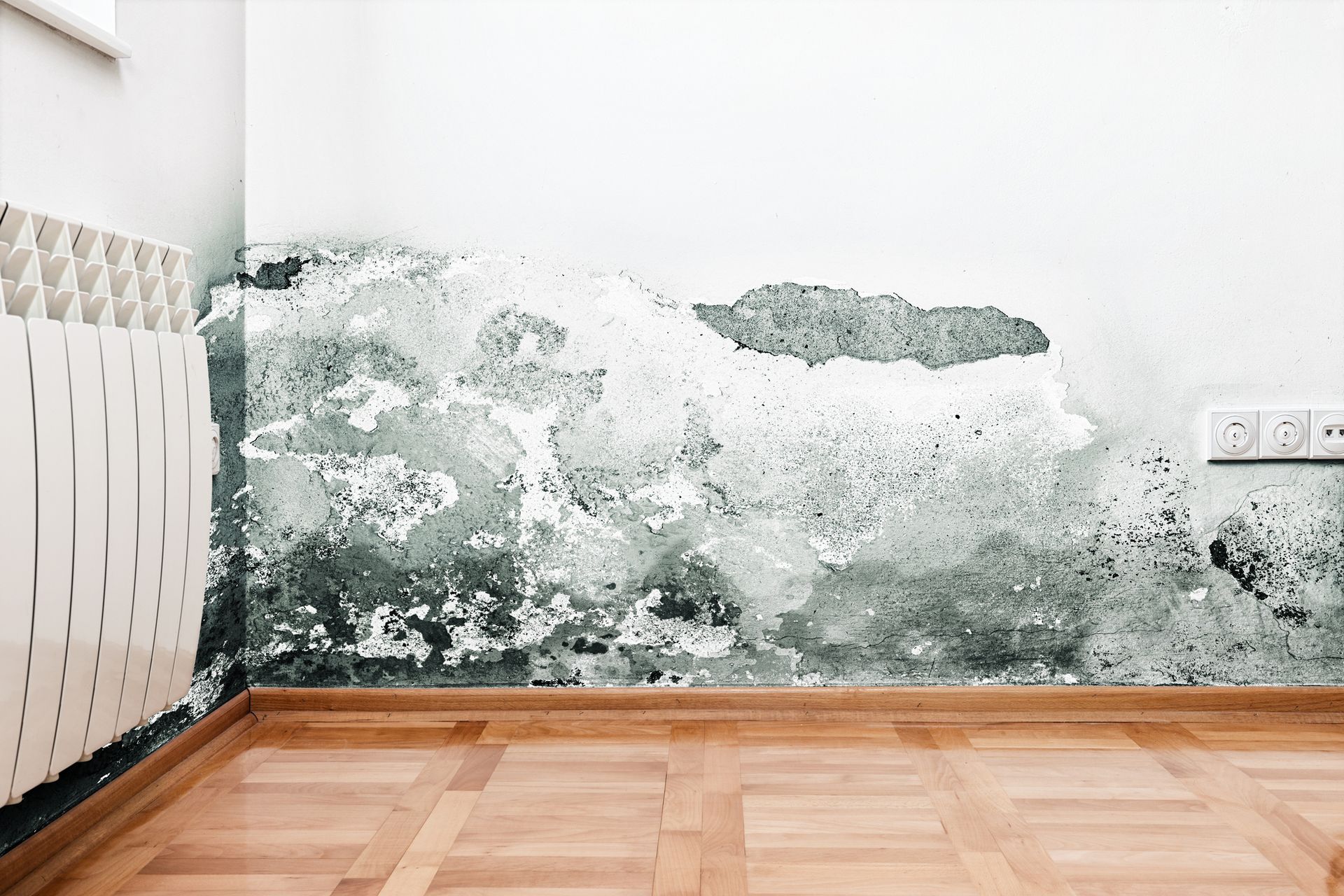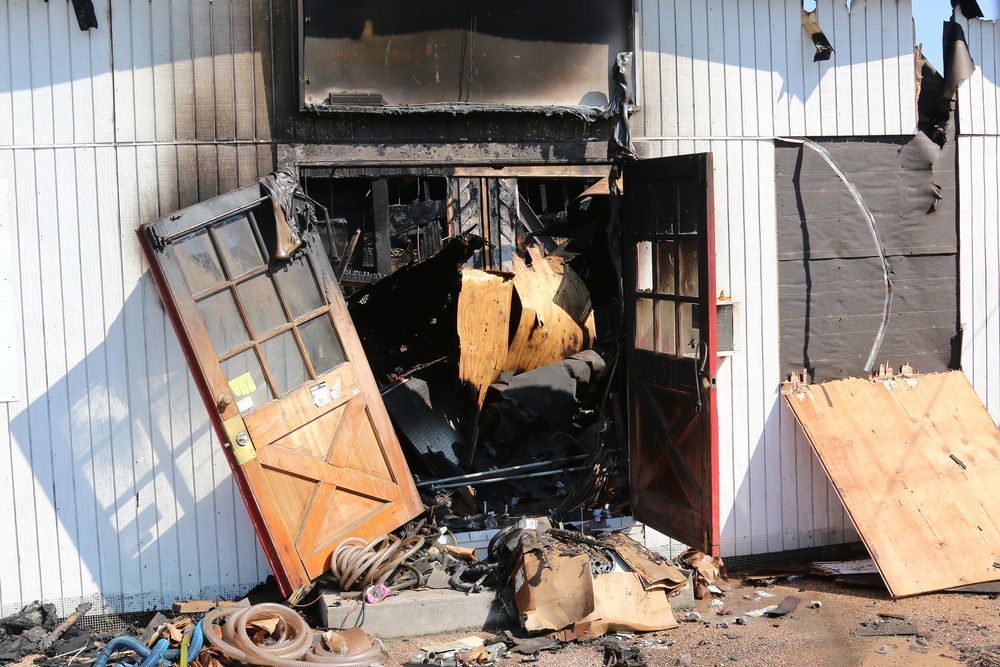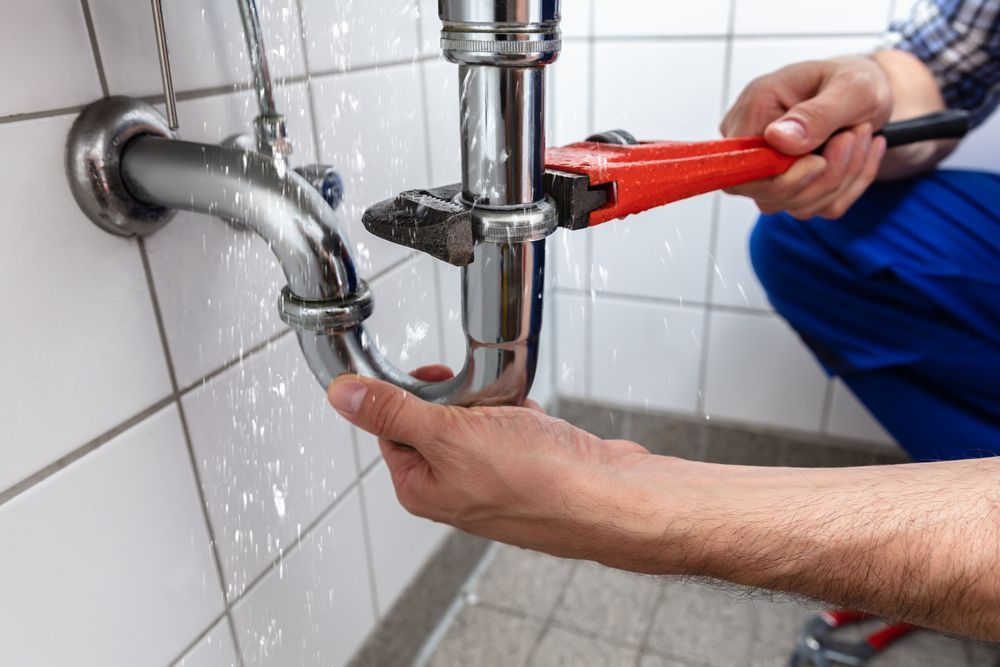Soot Damage to Floor Joists
Soot Damage to Floor Joists- Peyton, CO
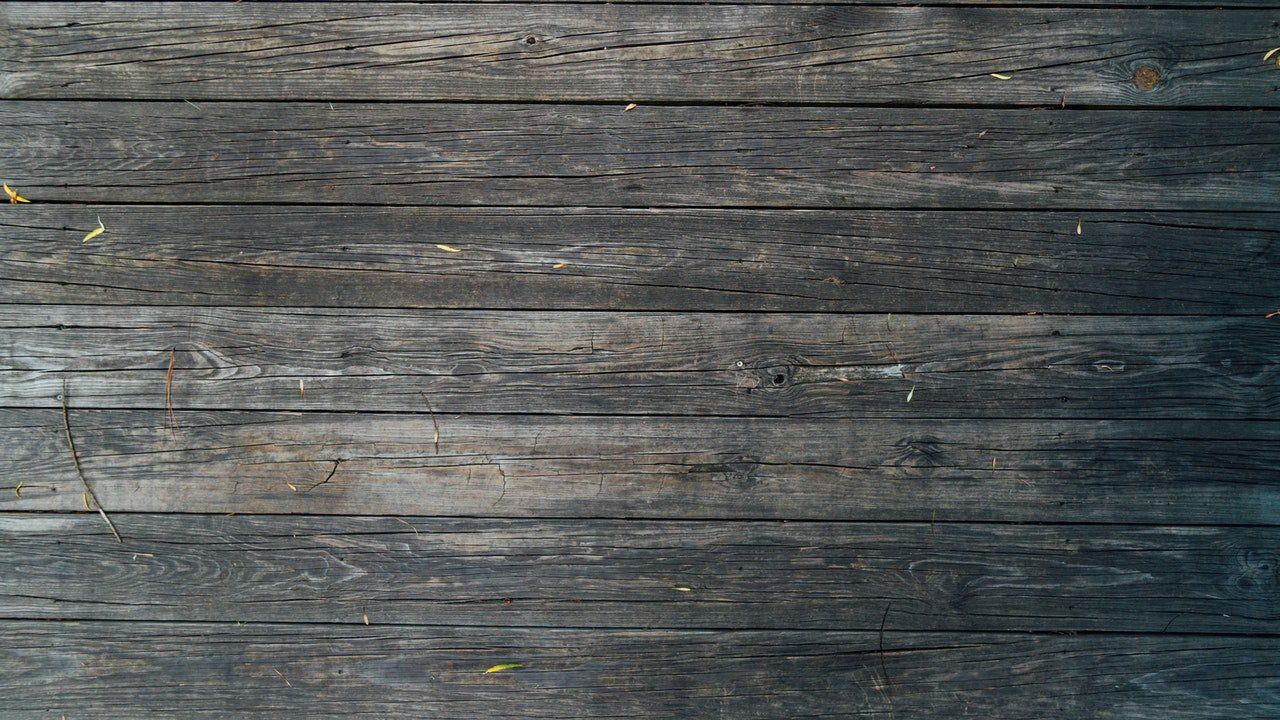
A home fire emits a significant amount of smoke and soot. After a fire has been extinguished, soot particles can continue to harm portions of the house, including the floor joists. The structural stability of the charred wood beams that support your Peyton, CO house must be assessed by a specialist.
What happens to wood beams after a fire?
The fire goes through three phases quickly before being extinguished by firefighters. From ignition until flashover, the fire expands. Second, the flashover is completed. Finally, when the temperature of the fire decreases and fuel supplies are depleted, the decay phase occurs.
When floor joists are devoured by flames, they become thermally degraded. Surface charring of the wood will occur as a result of the quick heat and flames from the house fire. The exterior layer of the floor joist becomes burned, but the inside of the wood beam stays cold.
Depending on the moisture content of the joists, the heating medium, the temperature of the flames (damage rises at 300 degrees Fahrenheit), exposure length, and the species and size of the wood, wood beams might suffer varied, permanent impacts.
Significant charring of floor joists might result in a loss of load capability. The burnt areas of the wood beams obviously have no load capability. The wood beneath the burnt regions, on the other hand, retains its load capability, albeit at a considerably lower level than before the fire.
How does soot affect the floor joists?
Soot is a byproduct of fire. Smoke from a house fire rises, affecting the higher floors of the building. This implies that the fire's harmful consequences of smoke and soot will taint even the floor timbers supporting upper stories.
The extent of the damage to the wooden beams varies depending on whether the wood has been sealed, painted, or stained. The soot and smoky odors and stains will be easier to remove if the wood has been protected in any way.
The ability to remove soot stains from timber floor joists is greatly influenced by the presence of a finish on the beams. In rare circumstances, finished wood may be cleaned and mended satisfactorily. If cleaning is futile, unfinished wood can be replaced.
How are soot-damaged floor joists cleaned?
Wooden floor joists are usually treated to keep them from rotting. If the wood beams are left untreated, they must be made of decay-resistant wood. Only the perimeters of the structure require these sorts of hardwood floor joists.
An efficient cleaner may be used to remove soot from hardwood floor joists. The first step is to wipe away as much soot as possible using a dry cloth or towel. Warm water and a degreasing cleaner should be used to clean the surfaces. Repeat the procedure until all of the soot has been cleared.
When it comes to removing soot from floor joists, the type of cleaning you use is crucial. Vinegar, baking soda, and a degreaser are all recommended cleaners. The toxic smoke odors from unfinished wood may be efficiently removed using vinegar and baking soda.
After the floor beams have been cleaned, it is required to seal the wood. Sealants are used to eliminate and prevent smells caused by fire damage. The sooty floor joists can be sealed by a homeowner; however, depending on the extent of the fire, this can be a time-consuming operation.
Smoke scents will be released by fire-damaged wood, and these odors must be eradicated. It is not only harmful but also miserable to live in a house filled with cigarette scents. Smoke odors will be eliminated with the use of special smoke sealing materials. (A sealer isn't meant to clean; it's meant to get rid of smells.)
Should floor joists damaged by soot be replaced?
Alternatively, soot-damaged floor joists may need to be rebuilt, especially if the wrecked floor beams jeopardize the home's structural stability. To establish if the floor joists may be saved or must be replaced, a licensed fire inspector should be consulted.
Soot particles move far and wide after a house fire. The small soot particles settle in the nooks and crannies of the house that were not immediately affected by the fire. Experienced specialists are the best at restoring both hidden and evident fire damage.
Flames are extremely destructive, but the aftermath of a fire is just as bad. If left unattended, smoke and soot can cause irreversible harm to the home's assets. Experts in fire damage repair can locate and thoroughly clean impacted areas.
To remove soot and smoke damage from the property, fire damage cleanup professionals use specialized cleaning technologies. Damaged structural elements, such as walls, ceilings, and fundamental structures, are also repaired. Advanced deodorization technologies quickly eliminate smoke odors.
Specialists perform content cleaning and pack-out services while the property is being restored. Personal belongings and devices are being restored. Specialized dry-cleaning services are ideal for repairing materials affected by soot and smoke, such as clothes and draperies.
Contact Restoration 1 of Peyton now if you require restoration services to help you repair your home after a fire or smoke damage.

